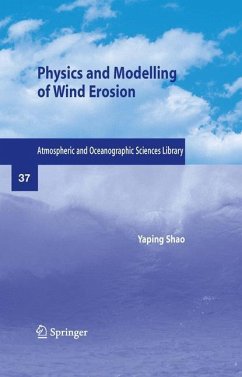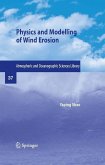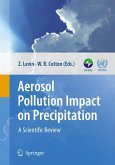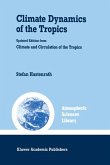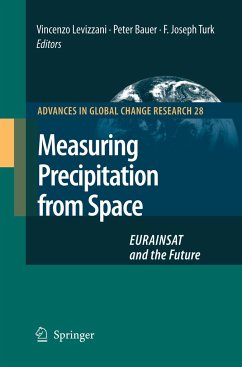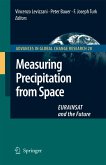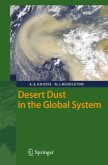Wind erosion occurs in many arid, semiarid and agricultural areas of the world. It is an environmental process in?uenced by geological and climatic variations as well as human activities. In general, wind erosion leads to land degradation in agricultural areas and has a negative impact on air quality. Dustemissiongeneratedbywinderosionisthelargestsourceofaerosolswhich directly or indirectly in?uence the atmospheric radiation balance and hence global climatic variations. Strong wind-erosion events, such as severe dust storms, may threaten human lives and cause substantial economic damage. The physics of wind erosion is complex, as it involves atmospheric, soil and land-surface processes. The research on wind erosion is multidisciplinary, covering meteorology, ?uid dynamics, soil physics, colloidal science, surface soil hydrology, ecology, etc. Several excellent books have already been written about the topic, for instance, by Bagnold (1941, The Physics of Blown Sand and Desert Dunes), Greeley and Iversen (1985, Wind as a Geological P- cess on Earth, Mars, Venus and Titan), Pye (1987, Aeolian Dust and Dust Deposits), Pye and Tsoar (1990, Aeolian Sand and Sand Dunes). However, considerable progress has been made in wind-erosion research in recent years and there is a need to systematically document this progress in a new book.

